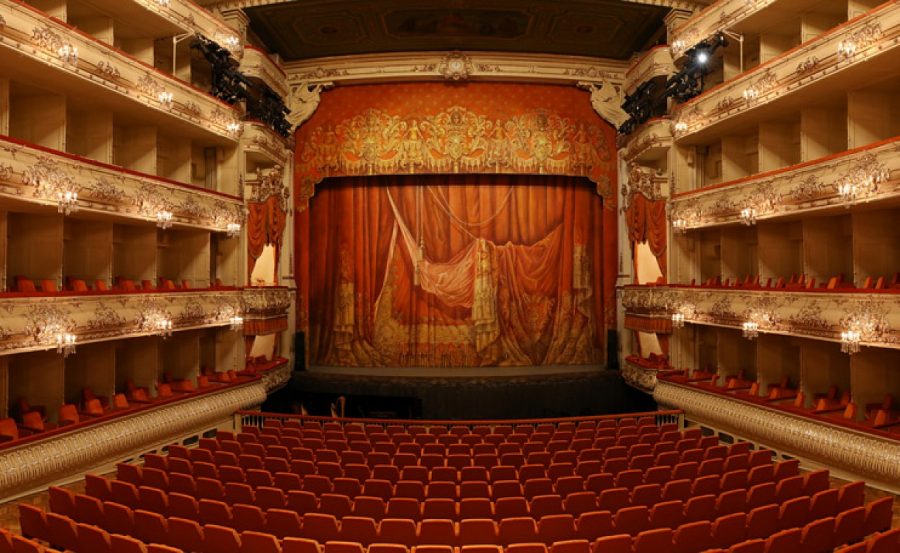During the Civil War in England, in the early 1600’s, Charles I sent his family, including his son, Charles II, away to France to protect their safety. Parliament sought out to abolish the monarchy, and for the time being they won; Charles I was beheaded and English fell under the rule of the puritanical Parliament. One of the consequences of the event was the end of theater as Englishmen knew it. It was outlawed.
Theater didn’t disappear, however. Plays were still held in private spaces such as homes, for small and discreet audiences. When monarchy was restored in 1660 and Charles II was brought out of exile to assume the throne, the Declaration of Breda was used to establish his conditions of doing so. Religious tolerance was key, as was a free Parliament. Charles II forgave old enemies, and issued pardons.
Having developed a taste for theater while in France, Charles II reinstated the freedom and lawfulness of public theater, and he issued licenses to two theater companies, the King’s Company and the Duke’s Company. New indoor theaters were built to resemble those in France.
Theatergoers no longer wanted the old plays that were laced with moral lessons. A new tone took hold and now themes of plays included things like seduction, sexuality, criminal activities, satire, and the foilables of society. The audience loved it; they enjoyed laughing at themselves.
Love and marriage was a popular topic. Marriages were negotiated by families and were primarily for the purpose of convenience and upholding social stature between said families. Those of equal family reputation were coupled, and often a man or woman of good name who was not of wealth would marry a partner of equal name but better financial advantage. Often, the situation of marriage was mocked on stage, as well as the commonplace act of men and women taking lovers. In “The Country Wife,” the main character faked impotency and circulated the rumors that he was afflicted with it to aid in his seductions.
John Gay’s ever popular “The Beggar’s Opera” looked at the criminal operations within society. He boldly took stabs at Robert Walpole, the Whig Prime Minister of the day who suffered a severe lack of popularity. His two main characters were modeled after two recently executed criminals. One was made rich through two separate operations, one was selling goods stolen by thieves he employed, and the second was garnering a reward for turning them in when they began to give him trouble. The other criminal was one famous for escaping prison and other unsavory situations. He shook up the theater world not only for exposing the underground activities (exposing some of government’s crooked activity too) but also in tampering with the most favored art form for the elite; opera. He produced an opera suitable and affordable for the common man.
What made the Restoration period so valuable was its honesty. Characters were shown as sexual, flawed, and sometimes greedy. Things were just what they were, not hidden behind private doors while a false face was shown in public. Prior to this period the purpose of the playwright was to give good lessons to the audience, and after the reign of Charles II, when his Catholic brother James II took reign, the stage changed once again. But, during this brief and important time, playwrights took a good, long look at themselves and those around them and crafted characters to show things how they really were, and in a way that those who came to see could appreciate it and laugh about it.
Source:
- http://novaonline.nvcc.edu/eli/spd130et/restor.htm
- https://www.prescottpapers.com/blog/how-to-pass-college-classes/how-to-pass-a-college-history-class.php
- https://en.wikipedia.org/wiki/Restoration_comedy

